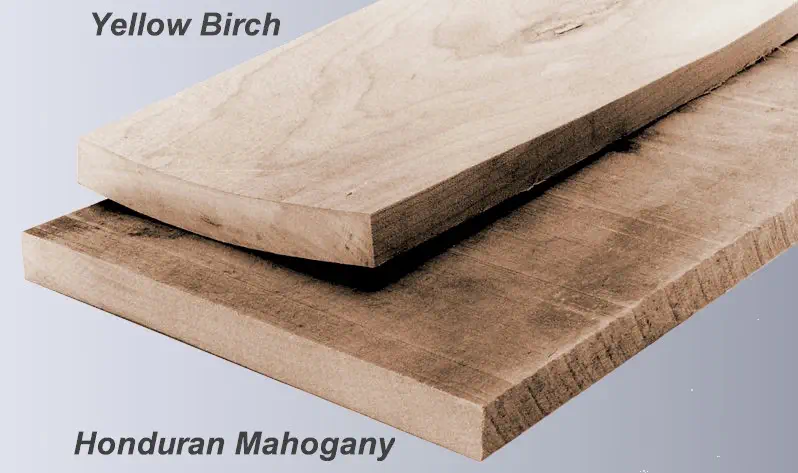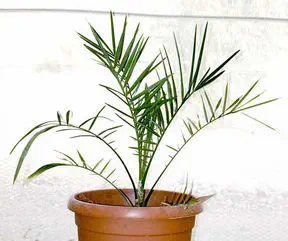MOVEMENT AND STABILITY
Wood changes dimension tangentially (across flat
grain) and
radially (across quarter grain). This movement is
measured
by determining the percentage that wood shrinks
from when
it’s green (freshly cut) to completely dry. The
lower the
percentage, the less the wood moves and the more
stable it
is. Additionally, a big difference between
tangential and
radial movement indicates that the wood is
susceptible to
warping, twisting, and bowing.

In yellow birch (top), there is a large
discrepancy between
the tangential movement (8.1%) and radial movement
(3.6%).
Consequently, the species is prone to warping,
twisting, and
bowing. In Honduran mahogany (bottom), on the
other hand,
the discrepancy is very small (4.1% versus 3.0%).
This wood
is much more likely to remain flat. (modulus of
elasticity).
This is a concern when the wood must withstand
high amounts
of stress.*




